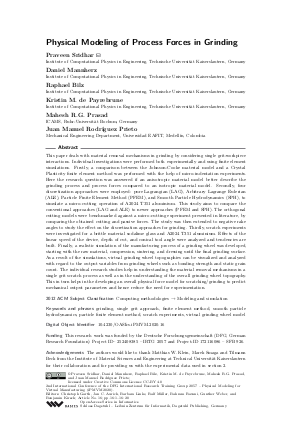OASIcs.iPMVM.2020.16.pdf
- Filesize: 4.12 MB
- 20 pages

 Creative Commons Attribution 4.0 International license
Creative Commons Attribution 4.0 International license




























Feedback for Dagstuhl Publishing